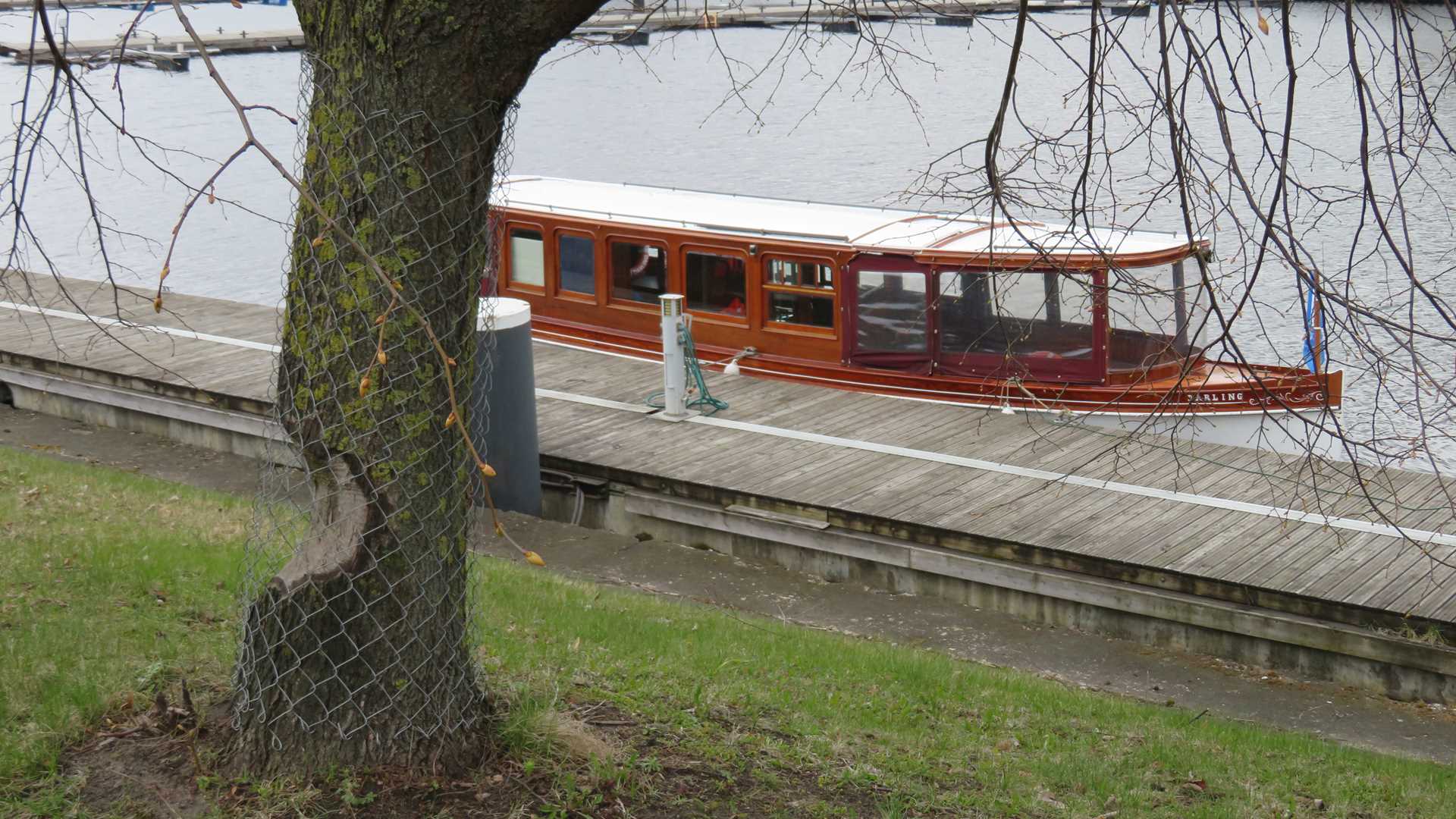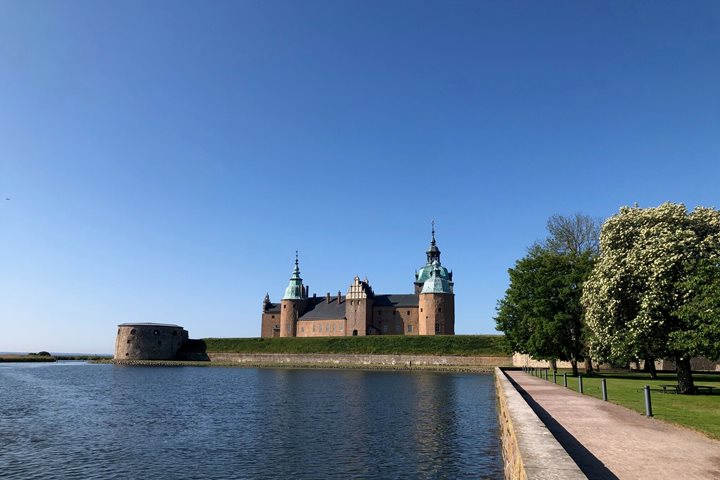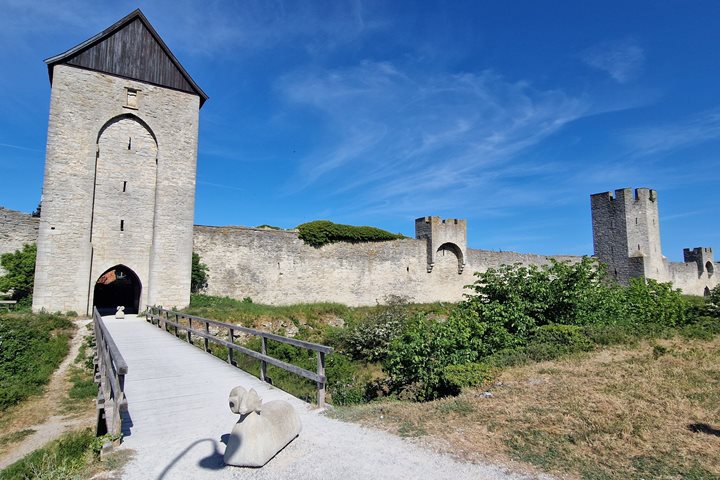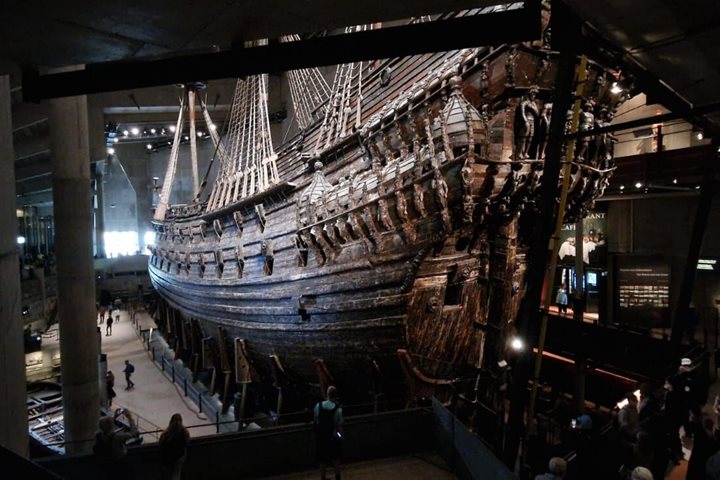The benefit of an overnight stop in port is the option of an early start in an already familiar city. After a series of excellent tours and a pleasant evening in a local hostelry yesterday, we were ready to enjoy a morning’s activities before our lunchtime departure for Tallinn.
The first excursion to depart took to the canals of Riga. On a pair of beautifully constructed river boats, we explored the former moat that defended the old town during Riga’s tumultuous medieval past. The canals are a fantastic way to see many of the city’s sights: Riga is a fairly low-lying city and building regulations prevent the construction of any high-rise structures in the old town, so very little is hidden from view, even on the canals.
Possibly the biggest surprise was the presence of beavers living on the canal banks. Although they were a bit shy today, the signs of their presence are all too obvious – their mark has been left on many of the park’s trees. Local officials have made a happy arrangement with the beavers, supplying them with food so that they are less inclined to fell trees, build dams and hunt their own.
The second group got onto the saddles of their bikes and headed off for a longer excursion around a wider area of Riga. After crossing the Daugava River they explored the western side of the city, which has more of a Soviet feel, reflecting the expansion of the area during the Cold War. At the same time, newer buildings reflect what the locals describe as a Euro influence, reflecting the new currency of the country. A stop in a local café recommended by the guide provided what some guests considered to be the finest pastries of the trip so far.
The final excursion visited the Ethnographic Museum, an open-air collection of traditional and historic buildings gathered from all around Latvia, set in a large forest park. Gaining insight into rural Latvia 200 years ago, the group visited a collection of 18th century buildings from Western Latvia, including a farm and a church. A traditional home demonstrated the differences between summer and winter quarters – the former remaining cool in the hot summer and the latter remaining insulated against the bitter winter cold in the country. Although the guests didn’t use it, the preserved sauna would no doubt also have been a welcome treat in the winter.
National Geographic Orion departed Riga after lunch, giving guests the chance to relax as we made our way across the sheltered waters of Riga Bay. In the afternoon, we were once again treated to some excellent social events in the ship’s lounge. In preparation for tomorrow’s visit to Tallinn, guests watched The Singing Revolution, a 2008 film that tells the story of Estonia’s nonviolent protest and struggle for Freedom in the Cold War.







